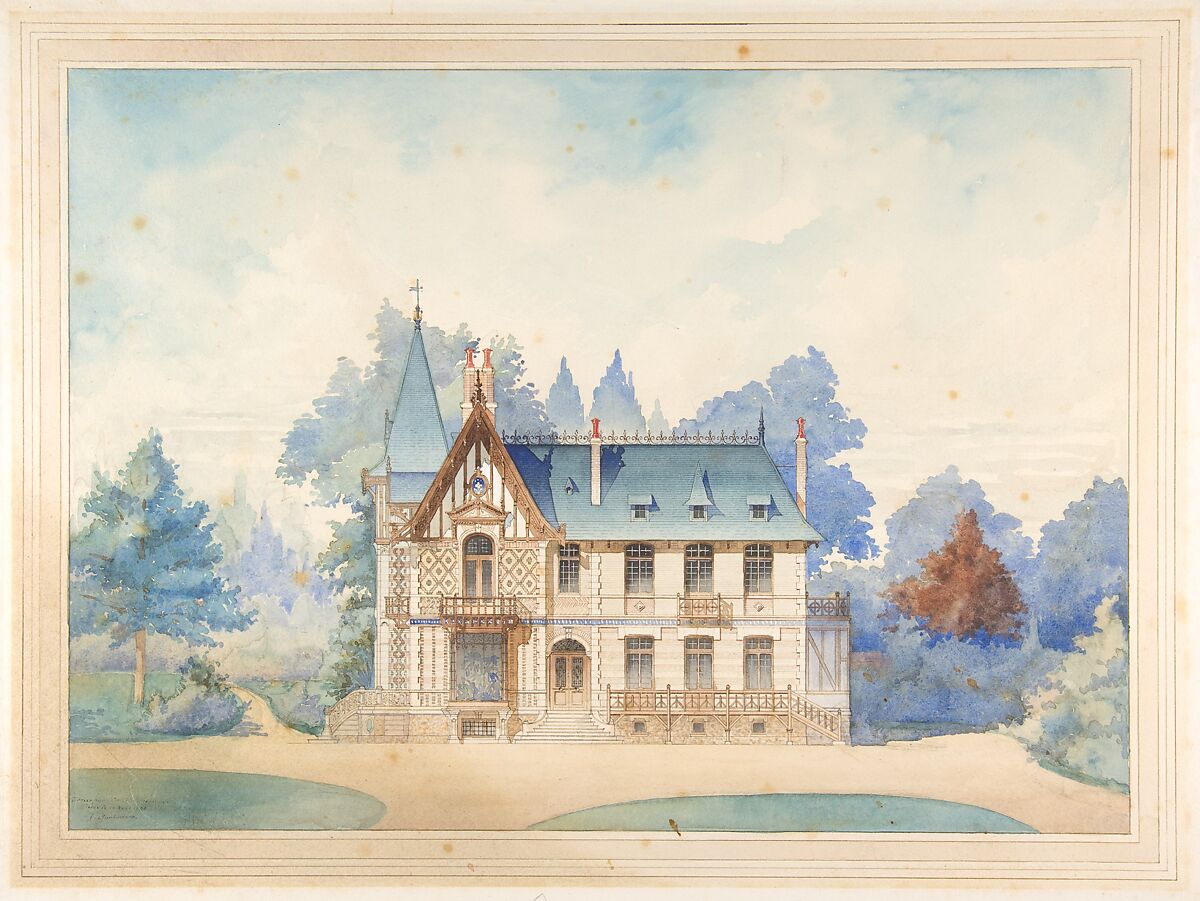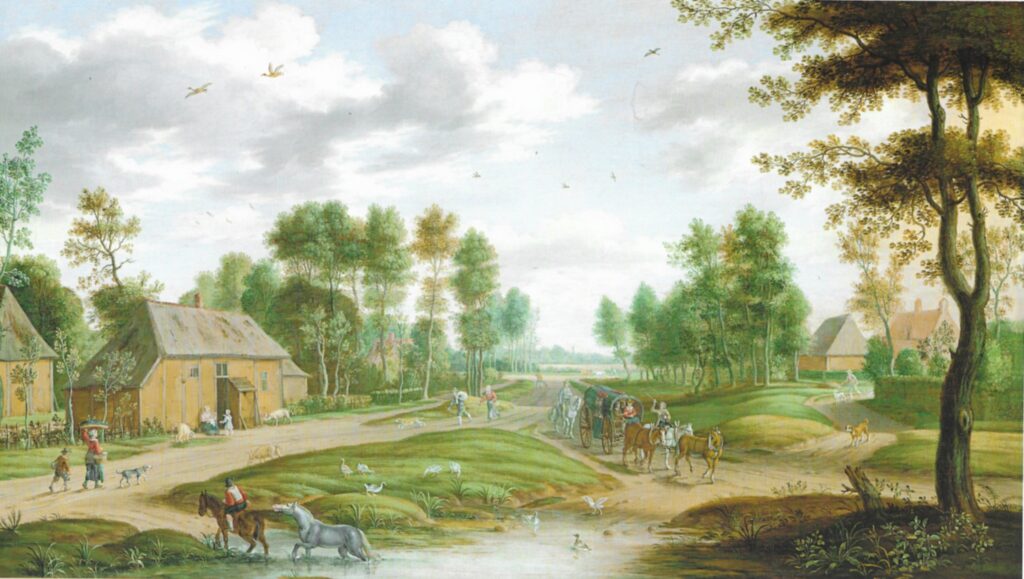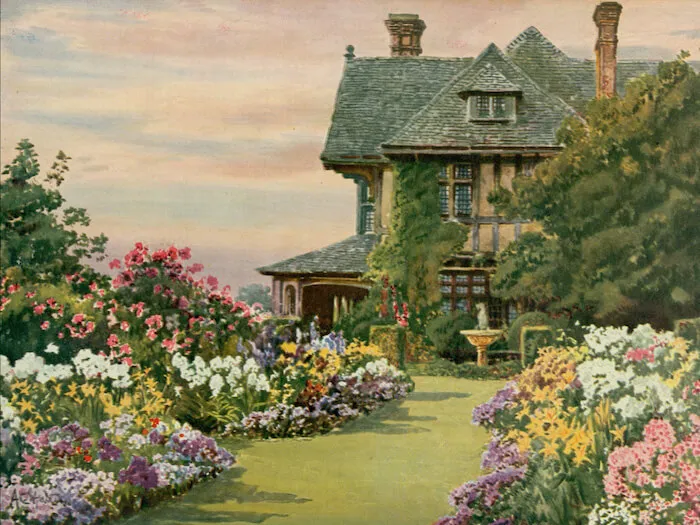The Golden Age of the Country House: Britain’s Stately Homes at Their Peak

Between the late 17th century and the early 20th century, Britain experienced what is often referred to as the Golden Age of the Country House—a period when vast rural estates and architectural masterpieces symbolized the social dominance, wealth, and culture of the British aristocracy and landed gentry.
These country houses were not just homes; they were theaters of power, repositories of art, centers of rural economies, and symbols of stability in a rapidly changing world. Built and expanded upon during times of imperial expansion and economic growth, these estates played a major role in shaping Britain’s identity, class system, and landscape.
This article explores how and why country houses rose to such prominence, the forces that fueled their golden age, and what ultimately led to their decline.
🏛️ What Is a Country House?
A country house refers to a large estate home located outside urban centers, historically owned by landed aristocrats, noble families, or gentry.
Key characteristics:
- Built for display, leisure, and estate management
- Located in rural or semi-rural areas, surrounded by farmland, parks, and woods
- Differentiated from a palace or castle by its non-defensive, residential nature
Unlike a mere rural retreat, these houses were the nerve centers of vast estates—some stretching across tens of thousands of acres.
📜 Timeline: The Rise of the Country House
1. Tudor and Elizabethan Period (16th Century)
- Dissolution of the Monasteries under Henry VIII gave rise to new landowners.
- Grand “prodigy houses” built by courtiers (e.g., Hardwick Hall).
- Emphasis on symmetry, grand halls, and display of royal favor.
2. Stuart and Baroque Era (17th Century)
- Influence of Italian and French styles (e.g., Palladianism).
- Houses reflected court tastes, with formal gardens and geometric layouts.
- Example: Chatsworth House, home to the Dukes of Devonshire.
3. Georgian Period (18th Century) – The Zenith
- The true Golden Age begins.
- Classical and Palladian country houses dominate (e.g., Holkham Hall).
- Interiors designed by masters like Robert Adam.
- Extensive landscaping by Capability Brown, turning formal gardens into naturalistic parkland.
4. Victorian Period (19th Century)
- Expansion of existing houses, Gothic Revival architecture.
- Technological innovations (plumbing, heating).
- Continued aristocratic influence—but seeds of decline begin.

👑 Who Owned These Houses?
The owners of country houses were part of the landed elite:
- Dukes, earls, viscounts, barons
- Gentry families (untitled but wealthy landowners)
- Families like the Cavendishes (Chatsworth), Howards (Castle Howard), and Percys (Alnwick Castle)
They held immense political power through:
- Land ownership
- Seats in the House of Lords
- Control over local parishes and tenant farmers
Country houses were physical manifestations of dynastic legacy, sometimes passed down for centuries.
🎨 Architecture and Interiors
Country houses were often built to showcase aesthetic excellence and wealth.
Architectural Styles:
- Palladianism (based on Roman symmetry)
- Gothic Revival
- Neo-Classical
- Baroque
Interior Features:
- Great Halls and drawing rooms
- Libraries, ballrooms, and music rooms
- Art collections (including works by Van Dyck, Rembrandt, Gainsborough)
- Lavish furnishings, tapestries, and family portraits
🌳 Landscaping and the Country Estate
No country house stood alone; it was surrounded by:
- Deer parks
- Follies and temples
- Man-made lakes and ha-has (hidden walls to keep livestock out)
- Walled gardens and greenhouses
- Landscapes designed by figures like Capability Brown and Humphry Repton
These estates were carefully curated to evoke a sense of eternal nature and noble control.
👥 The People Behind the Scenes
A typical country house supported an entire ecosystem of staff:
- Indoor servants: butlers, maids, cooks, valets, governesses
- Outdoor staff: gardeners, gamekeepers, stable hands
- Tenants and farmers working the surrounding land
The downstairs vs. upstairs dynamic—immortalized in shows like Downton Abbey—reflected rigid social hierarchies.
🎭 Life in the Country House
These homes were used for:
- Leisure: hunting, shooting, riding, concerts
- Entertaining: formal dinners, balls, house parties
- Politics: many MPs maintained country homes
- Marriage alliances: the houses showcased wealth and lineage for potential suitors
The London Season (April–July) was mirrored by the Country Season in late summer and autumn, filled with shooting parties and fox hunting.
🌍 Imperial and Industrial Wealth
The Golden Age of the country house was heavily funded by:
- Colonial wealth (sugar, cotton, spices, slaves)
- Industrial profits (railways, coal, textiles)
- Inheritance and marriages into heiresses (often American)
Country houses reflected Britain’s imperial dominance, and many families reinvested colonial wealth into landscaping and art collecting.
📉 Decline of the Country House (20th Century)
Several factors brought an end to the Golden Age:
1. World War I (1914–1918)
- Heirs died in battle
- Servants left or were no longer affordable
- Economic hardship hit landowners
2. Introduction of Inheritance Taxes
- Death duties (as high as 80%) forced families to sell or demolish homes
3. Changing Social Structures
- Rise of the middle class and erosion of aristocratic power
- Urbanization reduced rural centrality
4. World War II
- Many homes were requisitioned for military use
- Post-war rebuilding did not prioritize aristocratic preservation
An estimated 1 in 6 country houses was demolished between 1900 and 1955.

🏛️ Preservation and Legacy
Today, hundreds of country houses survive, many under:
- The National Trust
- English Heritage
- Private ownership with public access
Notable houses today:
- Blenheim Palace – birthplace of Winston Churchill
- Chatsworth House
- Castle Howard
- Petworth House
- Waddesdon Manor
They remain centers of tourism, TV and film locations, and cultural history.
🎬 In Popular Culture
The grandeur and drama of the country house have inspired generations of literature and screen:
- Downton Abbey
- Bridgerton
- Gosford Park
- Howard’s End
- Novels by Jane Austen, E.M. Forster, and Evelyn Waugh
These stories reflect both the elegance and underlying tensions of class, wealth, and service.
🧠 Conclusion: More Than Just Beautiful Buildings
The Golden Age of the country house was more than a time of architectural splendor—it was a social system, a visual language of power, and a mirror of Britain’s imperial and economic ascendancy.
While many of these estates have faded or transformed, the legacy of the country house remains etched in the landscape and cultural memory—as majestic, controversial, and unforgettable symbols of a bygone era.




